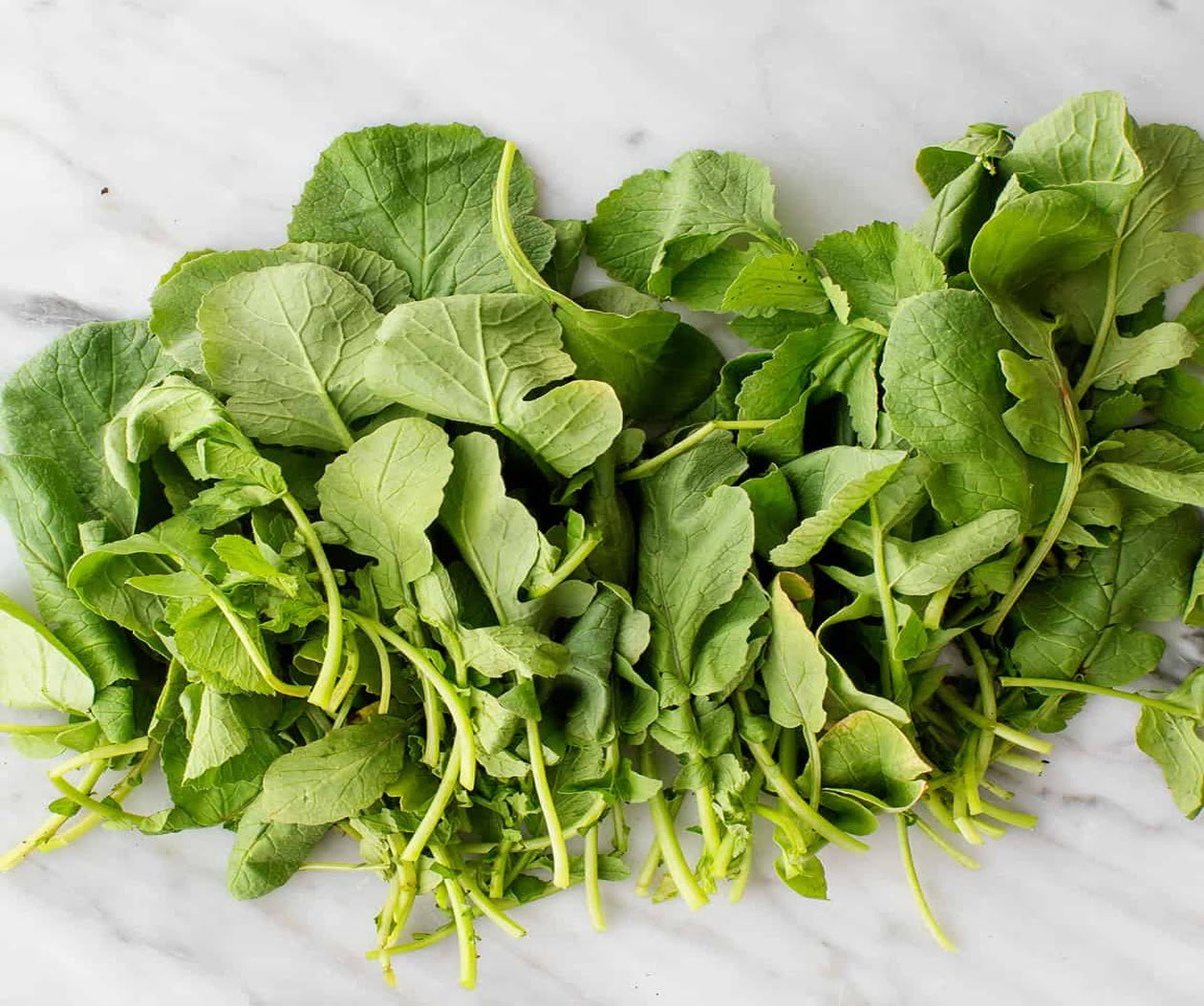

Articles
How To Store Radish Greens
Modified: August 16, 2024
Learn how to store radish greens effectively with these helpful articles. Keep your greens fresh and tasty for longer with these storage tips.
(Many of the links in this article redirect to a specific reviewed product. Your purchase of these products through affiliate links helps to generate commission for Storables.com, at no extra cost. Learn more)
Introduction
Radish greens, the vibrant and leafy tops of radishes, are often overlooked and discarded when preparing the root vegetable. However, these nutritious greens are not only edible but also incredibly delicious. With their earthy flavor and tender texture, radish greens can be a versatile addition to your culinary repertoire.
In this article, we will explore the benefits of storing radish greens and provide you with valuable insights on how to store and use them effectively. By learning to preserve and utilize radish greens, you can minimize waste in your kitchen and maximize the flavors and nutrients they offer.
So, let’s dive into the world of radish greens and discover how to store them to extend their shelf life and enhance your culinary creations.
Key Takeaways:
- Don’t discard radish greens! Store them to reduce waste, boost nutrition, and add vibrant flavor to your dishes. Harvest, prepare, and store them properly for maximum freshness and culinary versatility.
- Extend the shelf life of radish greens by refrigerating or freezing them. Follow simple tips to maintain their crispness, and explore creative ways to use them in sautés, pestos, salads, smoothies, and more.
Read more: How To Store Korean Radish
Why store radish greens
Storing radish greens allows you to prolong their freshness and ensure that you have access to these nutritious greens whenever you need them. Here are a few reasons why it’s worth storing radish greens:
- Reducing food waste: By storing radish greens, you can prevent them from being discarded as food waste. Instead, you can incorporate them into various dishes and make the most out of the entire radish plant.
- Added nutritional benefits: Radish greens are packed with essential vitamins and minerals, including vitamins C and K, calcium, and iron. By storing them properly, you can retain their nutritional value and incorporate them into your meals for an added health boost.
- Versatile ingredient: Radish greens can be used in a variety of culinary applications. They can be sautéed, blended into sauces and pestos, added to salads, or used as a garnish. Storing them ensures you have a ready supply of greens to enhance the flavors and nutritional content of your dishes.
By understanding the benefits of storing radish greens, you can make the most of these vibrant and flavorful greens and elevate your culinary creations to new heights.
Harvesting radish greens
Harvesting radish greens is a simple process that can be done when you are ready to use the greens or to store them for later. Follow these steps to harvest radish greens:
- Wait until the radishes have reached a mature size. The roots should be plump, and the greens should be vibrant and healthy-looking.
- Wearing gardening gloves, gently grasp the base of the greens near the soil surface.
- Use a sharp knife or garden shears to cut the greens off where they meet the root. Alternatively, you can simply pull the greens away from the root, but be careful not to damage the root.
- Inspect the harvested greens and discard any wilted or discolored leaves. Rinse the remaining greens under cold water to remove any dirt or debris.
- Once the greens are clean and dry, they are ready to be stored or used in your favorite recipes.
Harvesting radish greens is a rewarding process that allows you to enjoy the freshest and most flavorful greens in your cooking.
Preparing radish greens for storage
Properly preparing radish greens for storage is crucial to maintain their freshness and quality over time. Here are the steps to prepare radish greens for storage:
- Start by removing any damaged or wilted leaves from the greens. Discard them as they can impact the overall freshness of the greens.
- Rinse the greens thoroughly under cold water to remove any dirt, sand, or debris that might be clinging to the leaves. Gently pat them dry using a clean kitchen towel or paper towels.
- Once the greens are dry, separate them into smaller bunches, if needed. This will make it easier to store and use them in the future.
- Wrap each bunch of radish greens loosely in a damp paper towel. The moisture from the paper towel will help keep the greens hydrated and prevent them from drying out.
- Place the wrapped bunches of radish greens in a resealable plastic bag or an airtight container. Make sure to leave some room for air circulation to prevent moisture buildup.
- Seal the plastic bag or container and store it in the refrigerator. The ideal temperature for storing radish greens is between 32-40°F (0-4°C).
By following these steps, you can ensure that your radish greens remain fresh and crisp for an extended period, allowing you to enjoy their vibrant flavor and nutritional benefits whenever you need them.
After purchasing radishes, remove the greens from the roots and store them separately. Place the radish greens in a plastic bag with a paper towel to absorb moisture, and store them in the refrigerator for up to 3 days.
Storing radish greens
Storing radish greens properly is essential to maintain their freshness and quality for longer periods. Here are some effective methods for storing radish greens:
- Refrigerator storage: Place the wrapped bunches of radish greens in a resealable plastic bag or an airtight container. Store them in the refrigerator’s crisper drawer, which provides a slightly higher humidity level that helps keep the greens fresh. This method can keep the radish greens usable for up to 5-7 days.
- Freezing: If you have an abundance of radish greens and want to prolong their shelf life even further, consider freezing them. Start by blanching the greens in boiling water for 1-2 minutes, then transfer them to an ice bath to cool quickly. Drain the greens and pat them dry before packing them into freezer-safe bags or containers. Frozen radish greens can be stored for up to 6-8 months.
It’s worth noting that while freezing radish greens preserves their texture and color, they may become slightly wilted after thawing. However, they are still perfectly fine to use in cooked dishes, such as soups, stews, and sautés.
Remember to label the storage containers with the date to keep track of their freshness. Additionally, avoid washing the greens until you are ready to use them, as excess moisture can accelerate spoilage.
By employing these storage methods, you can extend the shelf life of radish greens and ensure that you have a fresh and flavorful ingredient readily available for your culinary creations.
Read more: How To Store Pickled Radish
Tips for prolonging the freshness of radish greens
To maximize the shelf life and freshness of radish greens, follow these tips:
- Harvest at the right time: Harvest the radish greens when they are mature and vibrant. Avoid picking wilted or discolored leaves, as they indicate a decline in freshness.
- Handle with care: Treat the radish greens gently to avoid bruising or damaging them. Rough handling can accelerate the wilting process.
- Store separately from the roots: If you plan to store radish roots and greens separately, remove the greens from the root as soon as possible. The greens draw moisture from the root, which can cause the root to lose its firmness and quality over time.
- Keep them hydrated: Radish greens have high water content and can easily wilt if they lose moisture. Store them in a wrapped bunch with a damp paper towel to maintain their hydration levels.
- Manage humidity: Radish greens prefer slightly higher humidity levels. The crisper drawer in your refrigerator provides an ideal environment with increased humidity. If your refrigerator does not have a dedicated crisper drawer, consider placing the wrapped greens in a perforated plastic bag to maintain proper moisture levels.
- Avoid overcrowding: Don’t pack the radish greens tightly together. Allow for some air circulation, which helps prevent moisture buildup and maintains the freshness of the greens.
- Regularly check for freshness: Periodically inspect the stored radish greens and remove any wilted or spoiled leaves. This prevents spoilage from spreading to the rest of the greens.
By following these tips, you can extend the freshness of your radish greens, ensuring that they remain crisp, flavorful, and ready to enhance your dishes.
Using stored radish greens
Stored radish greens can be a versatile and flavorful addition to a variety of dishes. Here are some creative ways to use your stored radish greens:
- Sautéed: Heat some olive oil or butter in a pan and sauté the radish greens with garlic and a pinch of salt and pepper. Sauté them until wilted and tender. Enjoy them as a side dish or incorporate them into omelets, quiches, or stir-fries.
- Pesto: Create a vibrant and delicious pesto by blending radish greens with garlic, nuts (such as almonds or walnuts), Parmesan cheese, lemon juice, and olive oil. This pesto can be used as a spread on sandwiches, a sauce for pasta, or a topping for roasted vegetables.
- Salads: Toss your stored radish greens into salads for added freshness and crunch. Combine them with other leafy greens, vegetables, fruits, and your favorite dressing for a delicious side or main dish salad.
- Smoothies: Add a nutritional boost to your morning smoothies by including a handful of radish greens. Their slightly peppery flavor blends well with fruits like apples, pears, or berries.
- Soups and stews: Flavor your homemade soups or stews with chopped radish greens. Add them towards the end of the cooking process to retain their bright color and freshness.
- Stir-fries: Incorporate chopped radish greens into stir-fries, along with other vegetables and protein of your choice. They add a unique taste and texture to the dish.
- Garnish: Sprinkle chopped radish greens on top of various dishes as a garnish. Their vibrant green color adds visual appeal, while their peppery taste complements the flavors of the dish.
Experiment with these ideas and feel free to get creative in using your stored radish greens. They are a versatile ingredient that can elevate the taste and nutritional value of your meals.
Conclusion
Radish greens, often overlooked and discarded, offer a multitude of culinary possibilities and nutritional benefits. By learning how to properly store and use radish greens, you can minimize waste and maximize the flavors they bring to your dishes.
Harvesting radish greens at the right time and handling them with care are crucial steps in preserving their freshness. Preparing the greens for storage by washing, drying, and wrapping them in a damp paper towel ensures their hydration and longevity.
Storing radish greens can be done in the refrigerator’s crisper drawer or by freezing them for longer-term use. It is important to manage humidity, avoid overcrowding, and regularly check for freshness to maintain the quality of the greens.
When it comes to using stored radish greens, the possibilities are endless. Sauté them, blend them into pesto, add them to salads, smoothies, soups, stews, stir-fries, or simply use them as a vibrant garnish. Radish greens lend a unique flavor and nutritional boost to any dish they are added to.
In conclusion, by understanding how to store and use radish greens, you can reduce food waste, introduce new flavors to your meals, and benefit from the valuable vitamins and minerals they provide. So, next time you have radish greens on hand, don’t discard them, but rather embrace their potential and create delicious and nutritious dishes.
Frequently Asked Questions about How To Store Radish Greens
Was this page helpful?
At Storables.com, we guarantee accurate and reliable information. Our content, validated by Expert Board Contributors, is crafted following stringent Editorial Policies. We're committed to providing you with well-researched, expert-backed insights for all your informational needs.
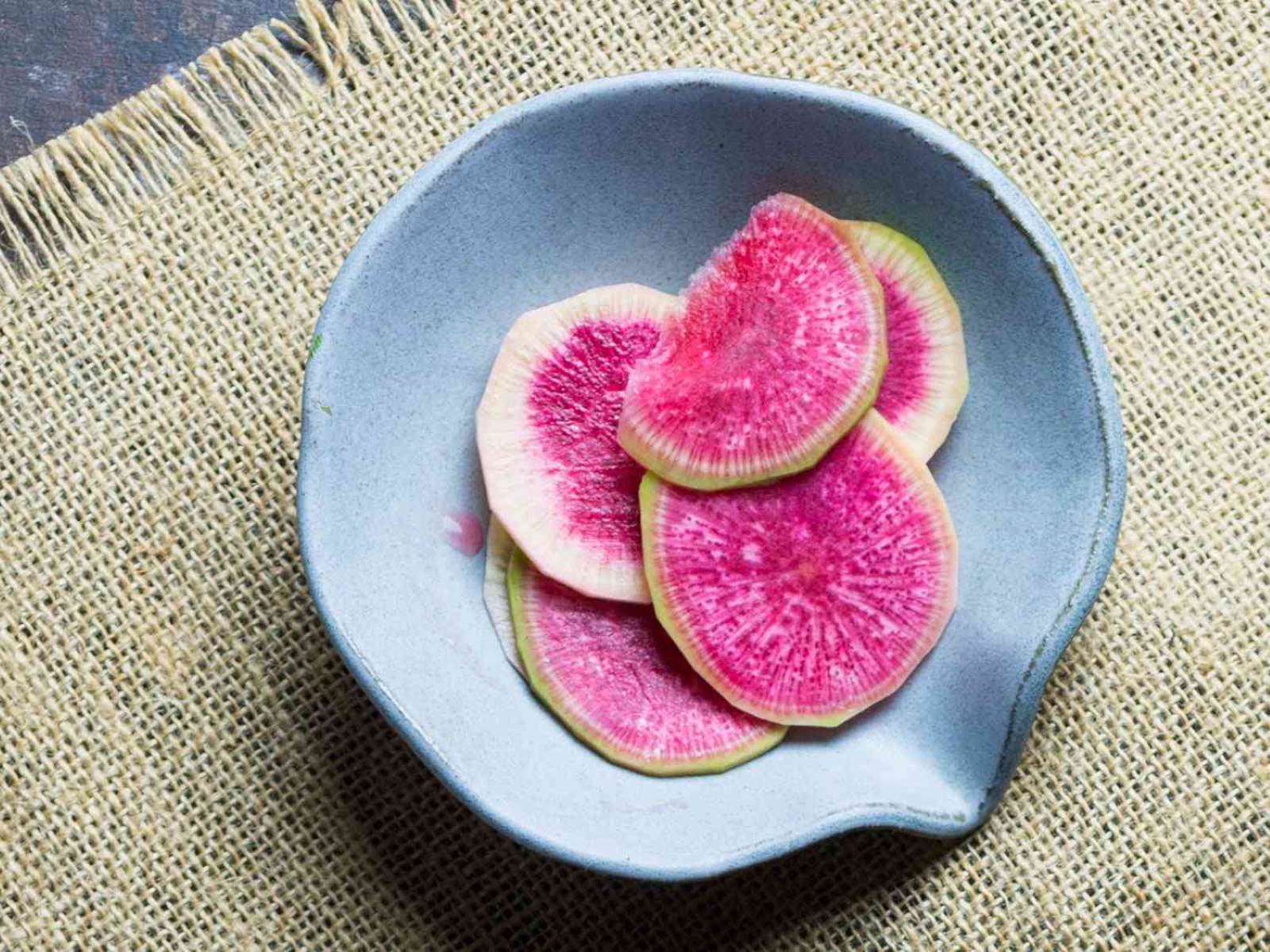
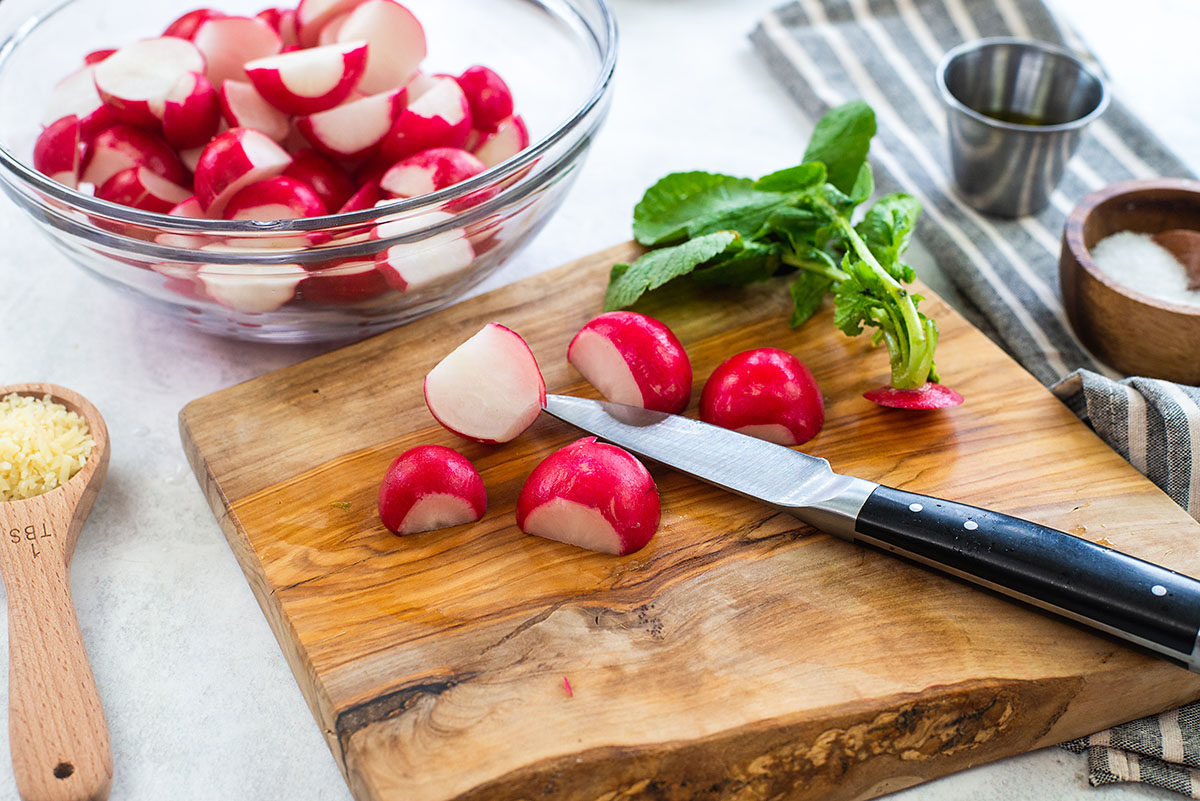
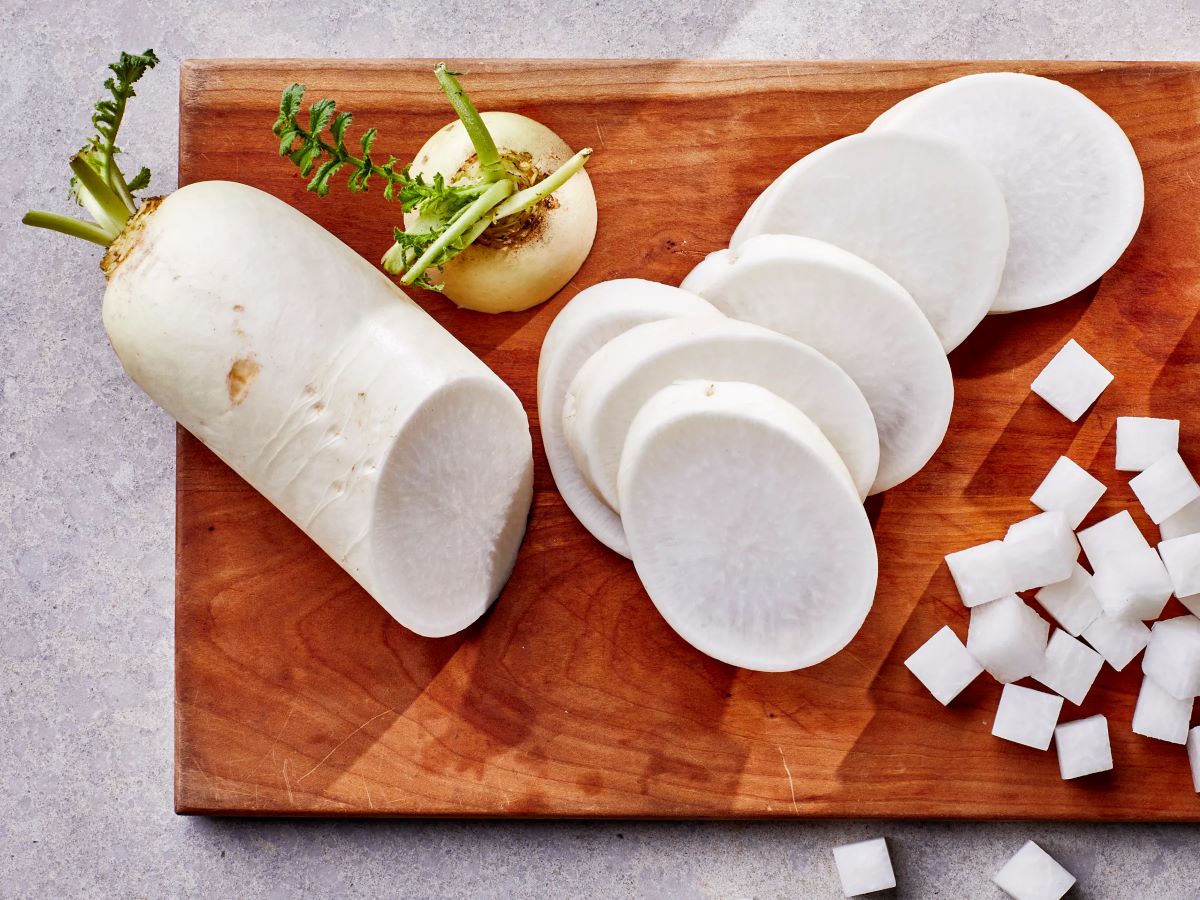
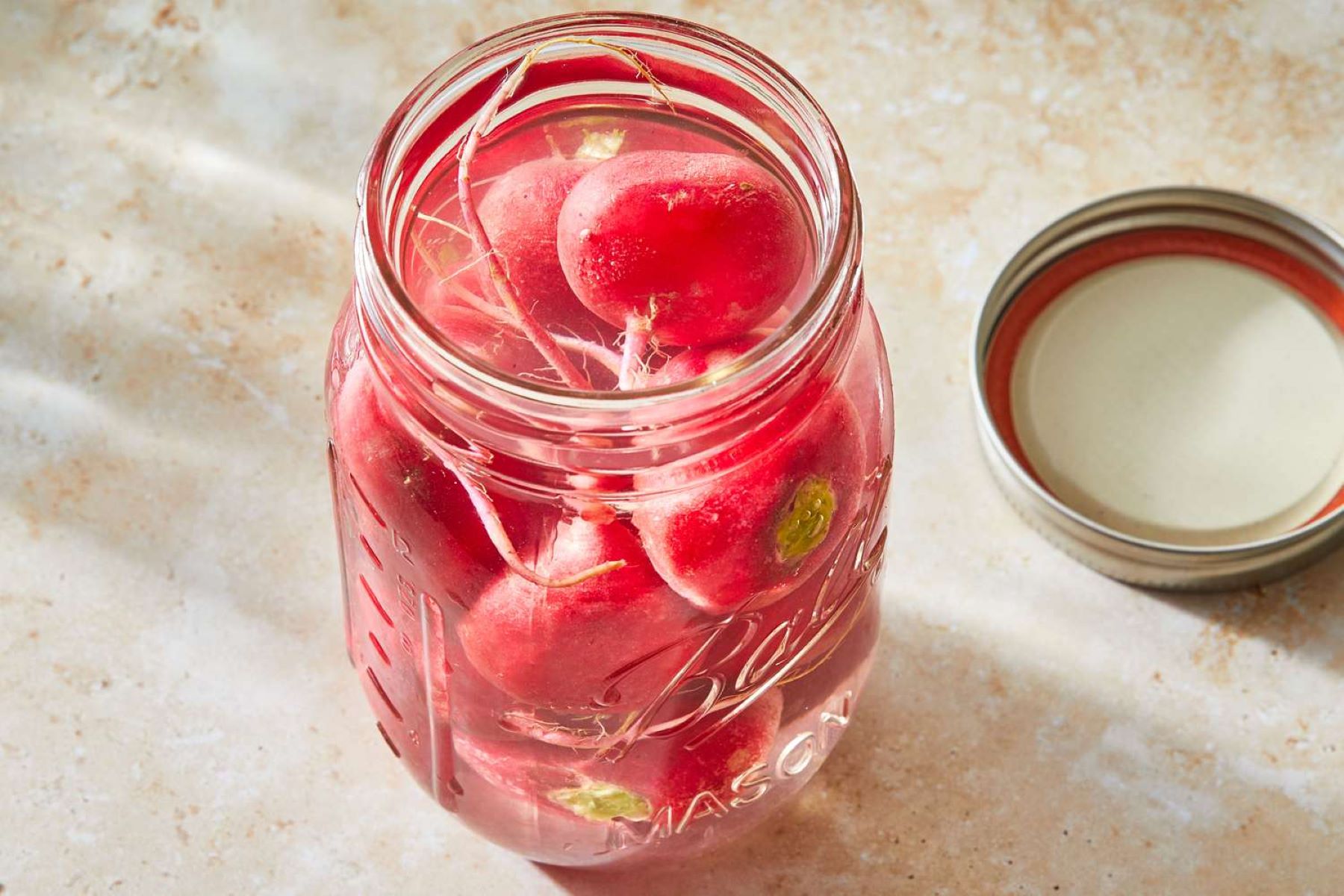
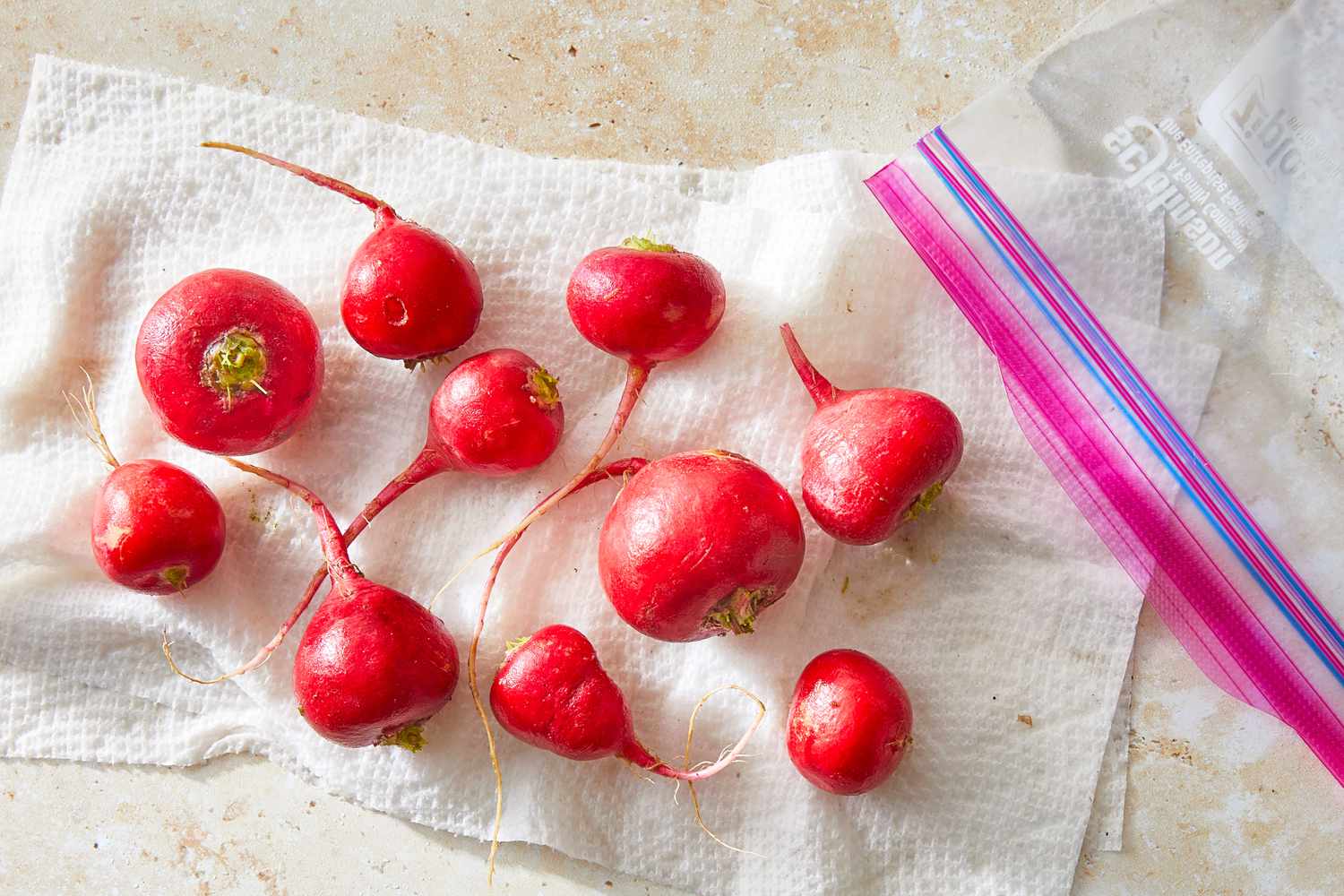
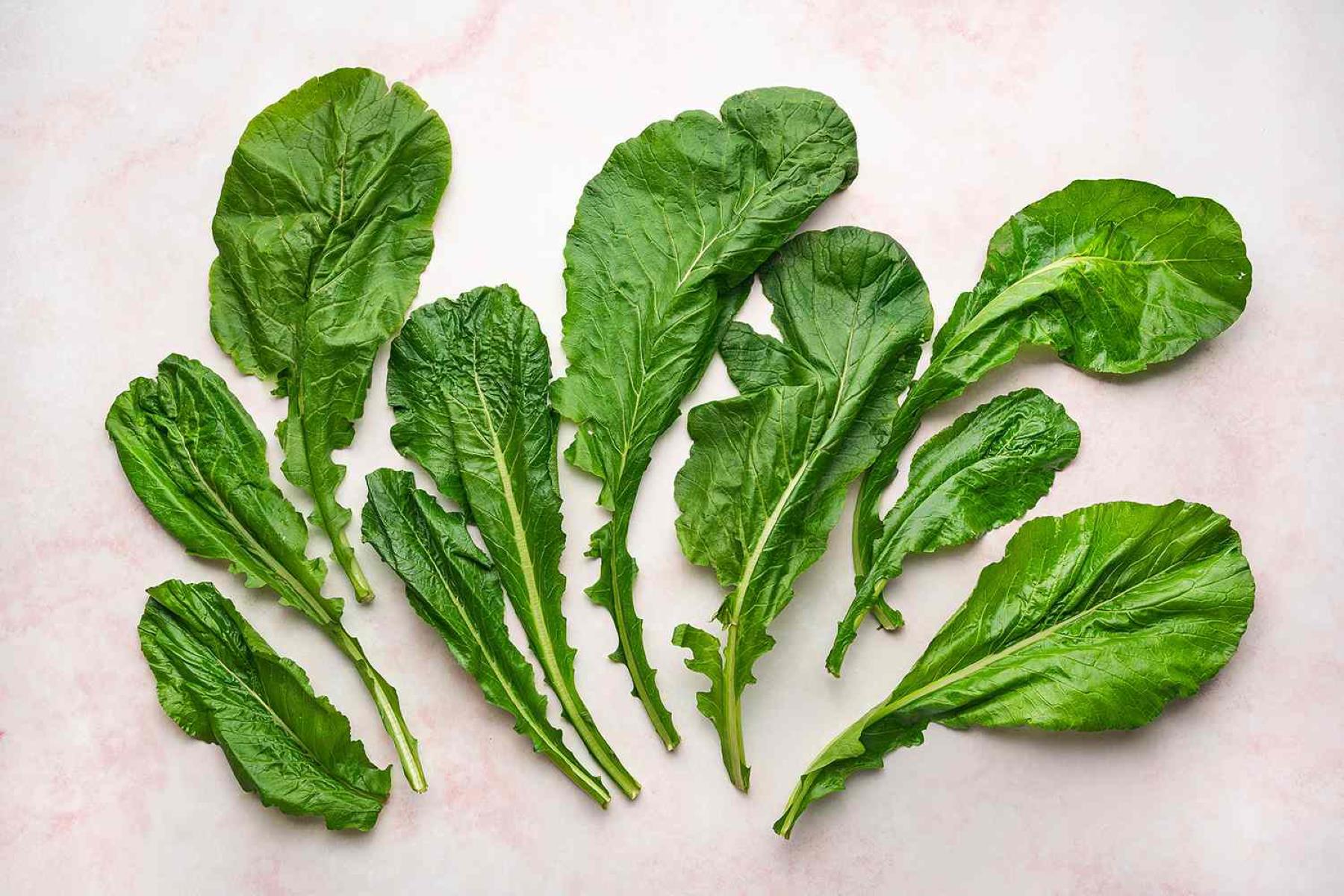
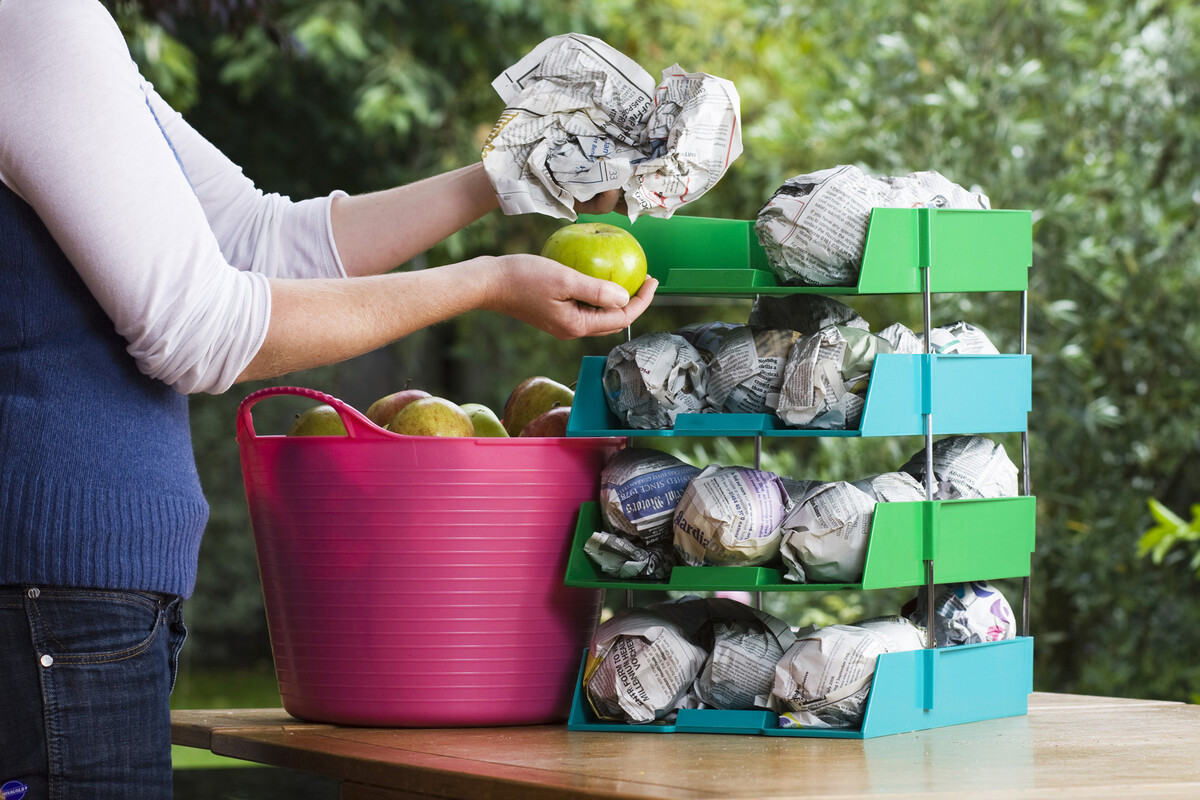
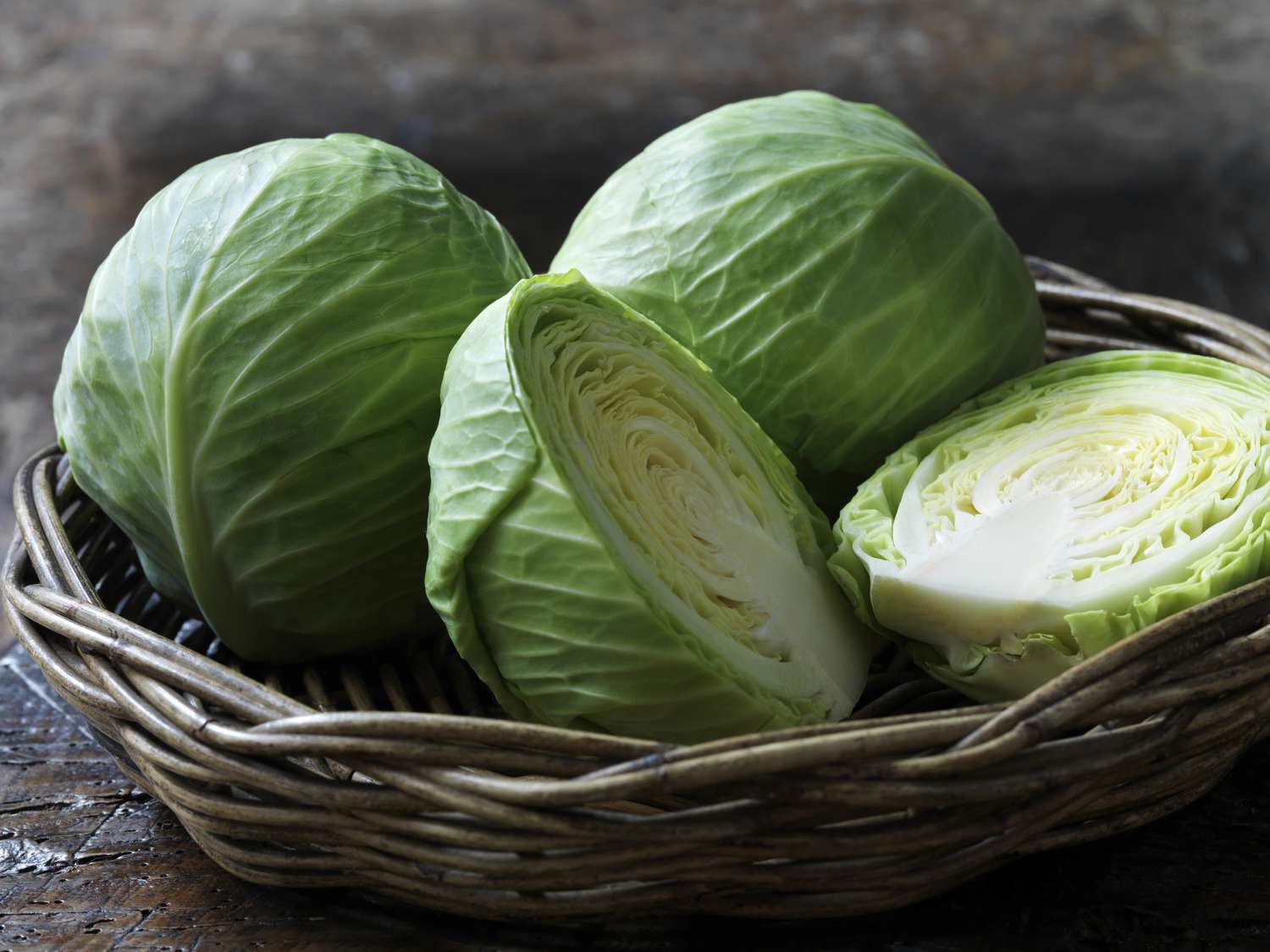
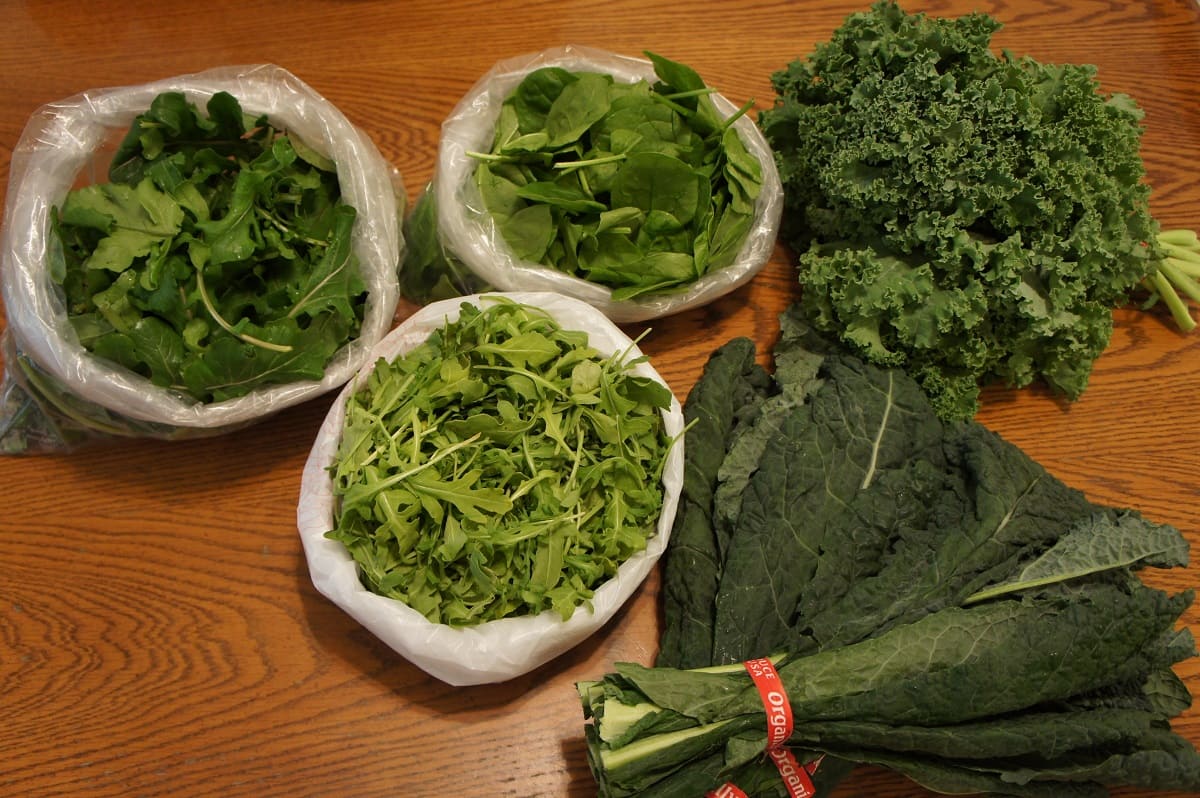
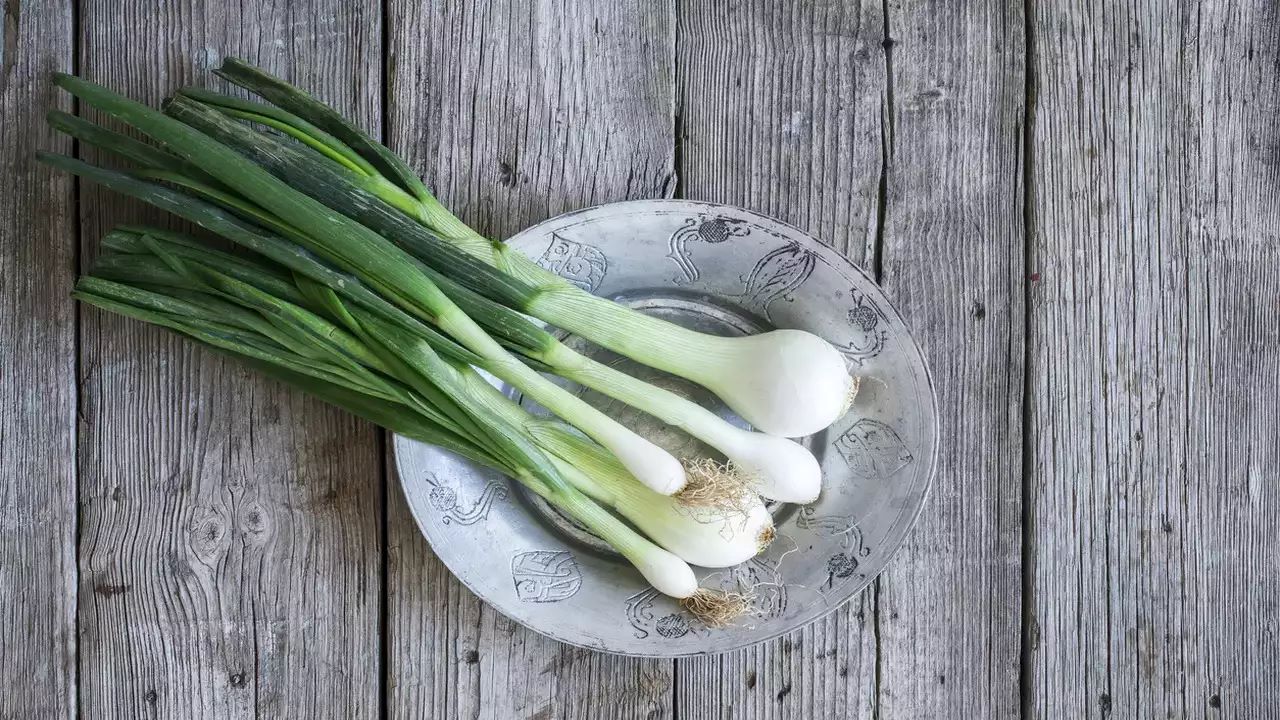
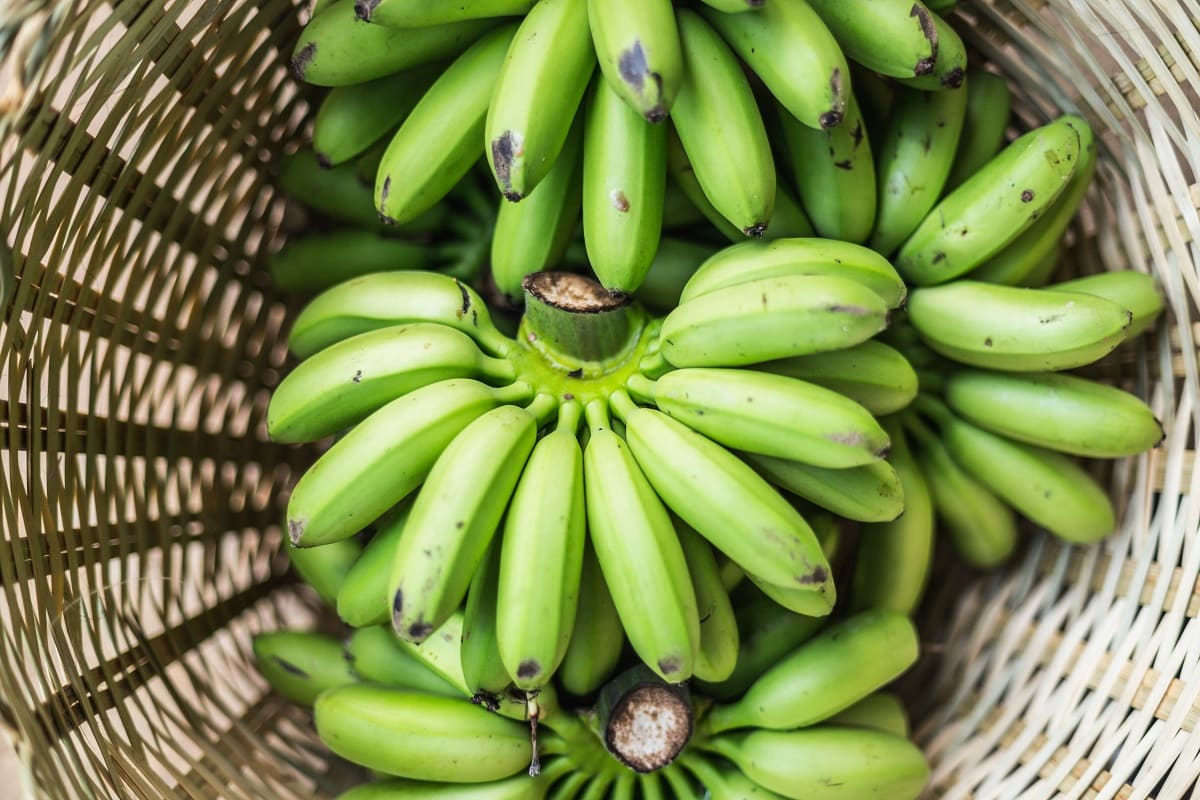
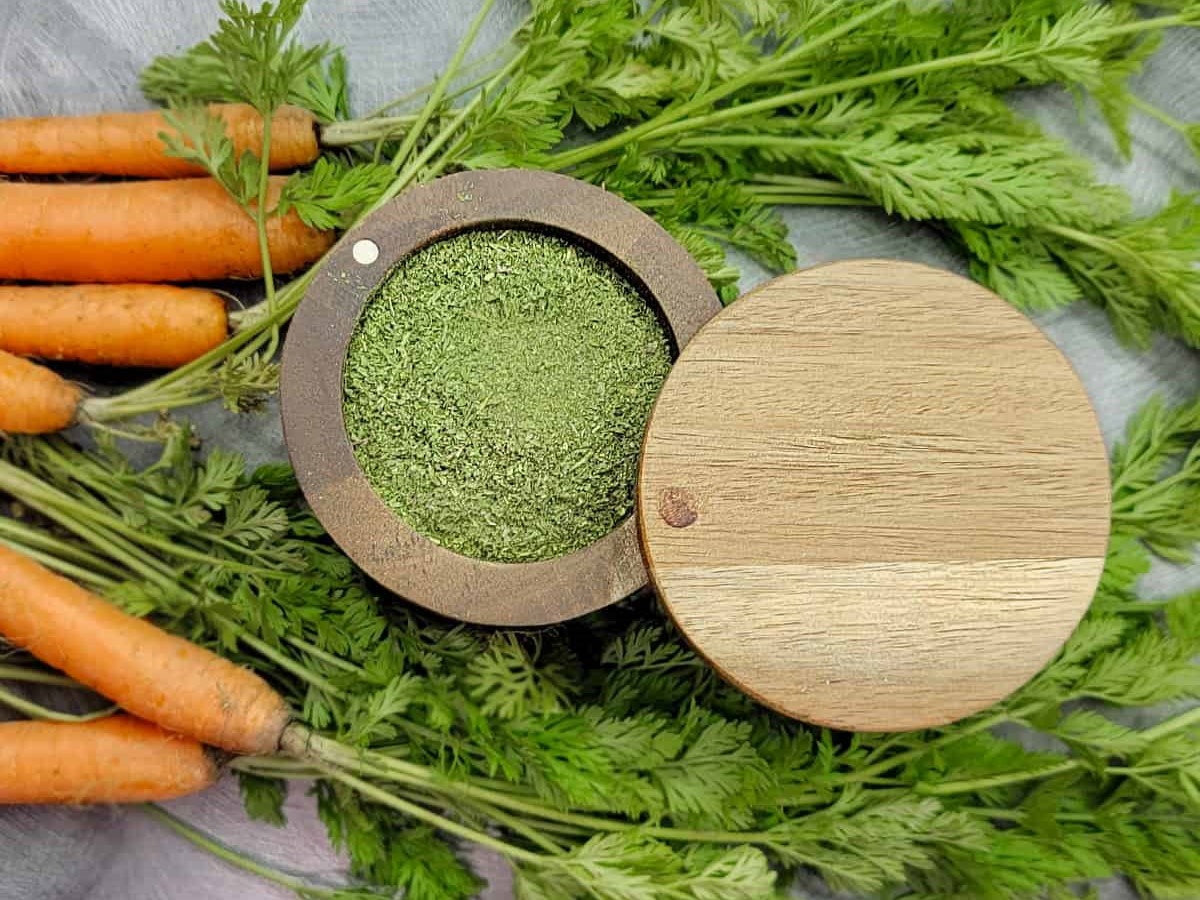
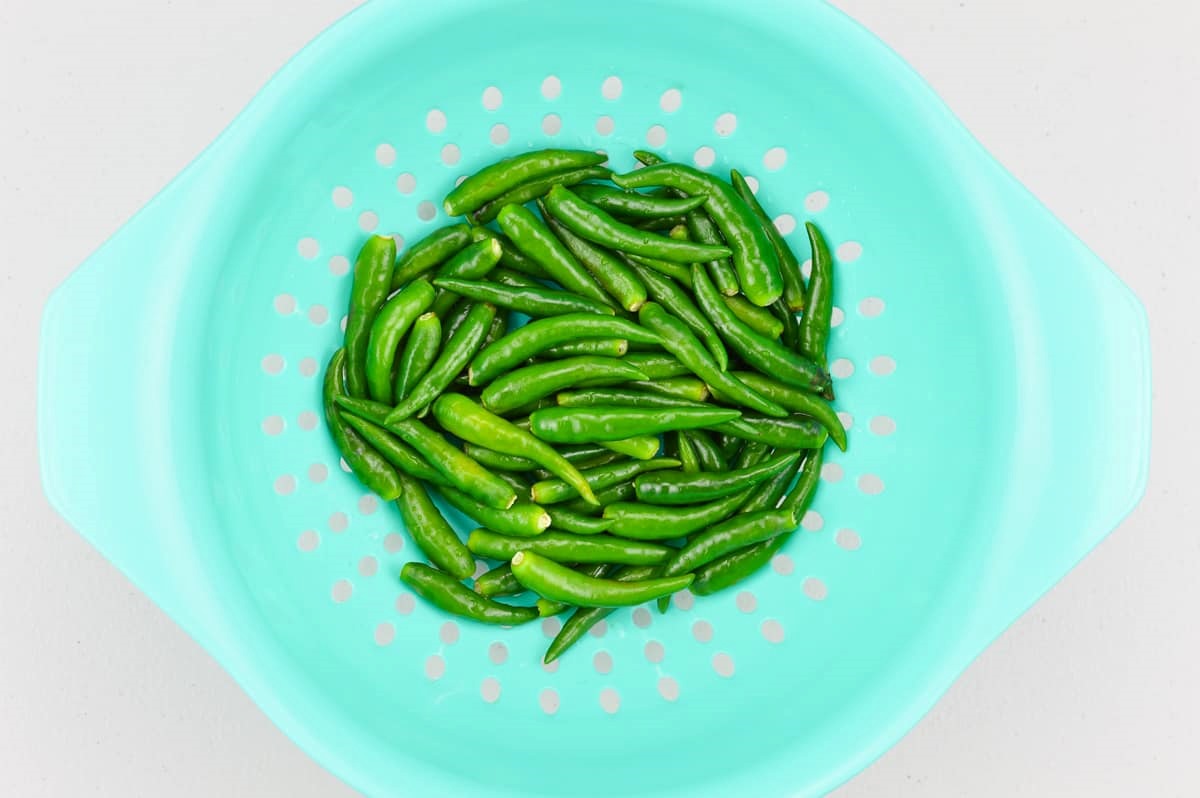
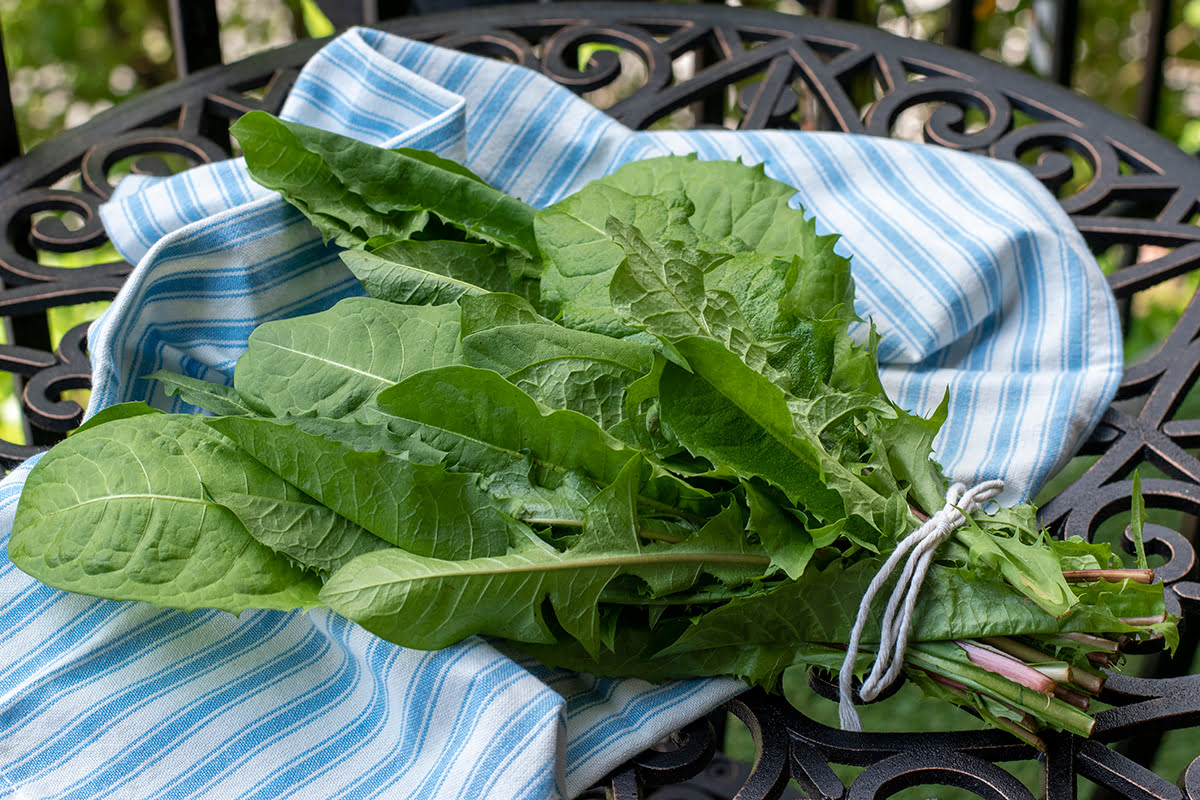

0 thoughts on “How To Store Radish Greens”